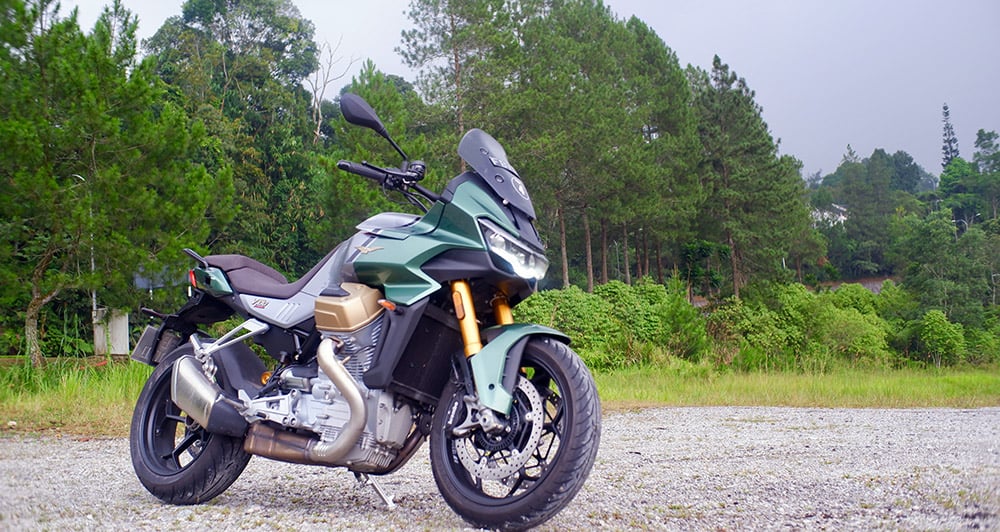
Moto Guzzi hasn’t always been known for making cutting-edge motorcycles. Ever since the Italian manufacturer started cranking out bikes from Mandello del Lario back in 1921, the company has steadfastly retained a classic approach to motorcycling.
Moto Guzzi was prominent in the racing scene of the ’50s and the ’60s, but in recent years it has held on to tried and tested—and also retro—technologies: air-cooling and its signature transverse V-twin.
I’ve reviewed the V7 and the V85TT, and appreciated their quirky nature. They’re not especially fast, but they ooze character and make for a great fashion statement. Italian-designed, Italian-engineered and, yes, truly made in Italy. No Asian or Indian factories for them.
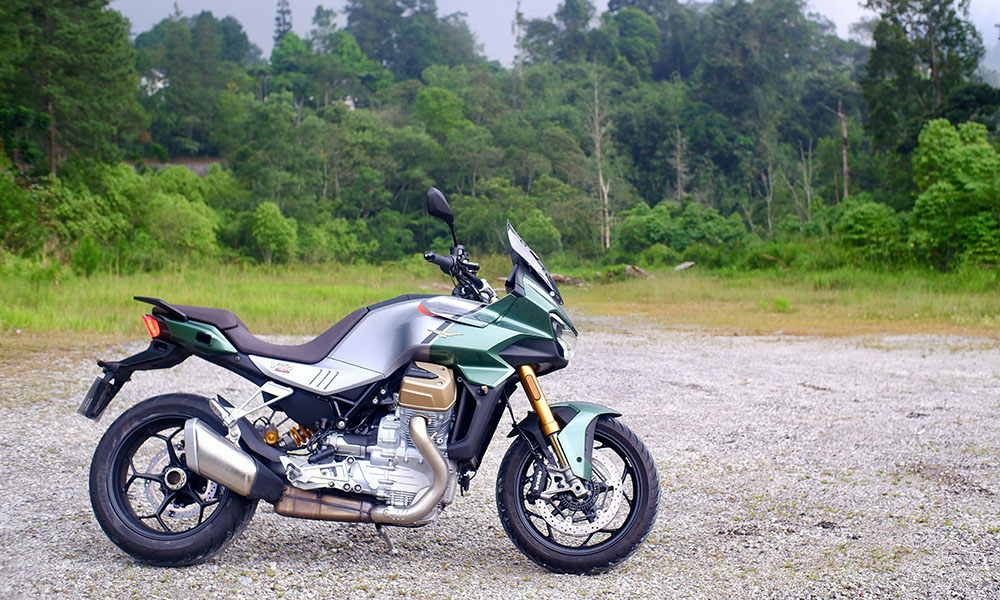
So it’s big news when the company comes up with not only a new platform, but a new water-cooled engine and some trick features as well. The V100 Mandello was first teased in late 2021, and it was only at the recent Makina Moto Show that Filipinos finally saw it in the metal.
It has a 1,042cc, water-cooled transverse V-twin, the first of its kind for Moto Guzzi. It’s rated at 115hp and 105Nm, but more importantly to my eye, it looks right.
It sports gold-painted cylinder heads, and though it needs a big radiator, the former do a great job of diverting your eyes from that ugly necessity.
In true Italian fashion, cables, hoses, and wires are neatly tucked away so you’re left to behold the V-twin in all its metal glory. Even the header pipes have been artfully designed to exit from the sides and flow forward, down and back to the muffler. The catalytic converter is discreetly mounted flush to the underside.
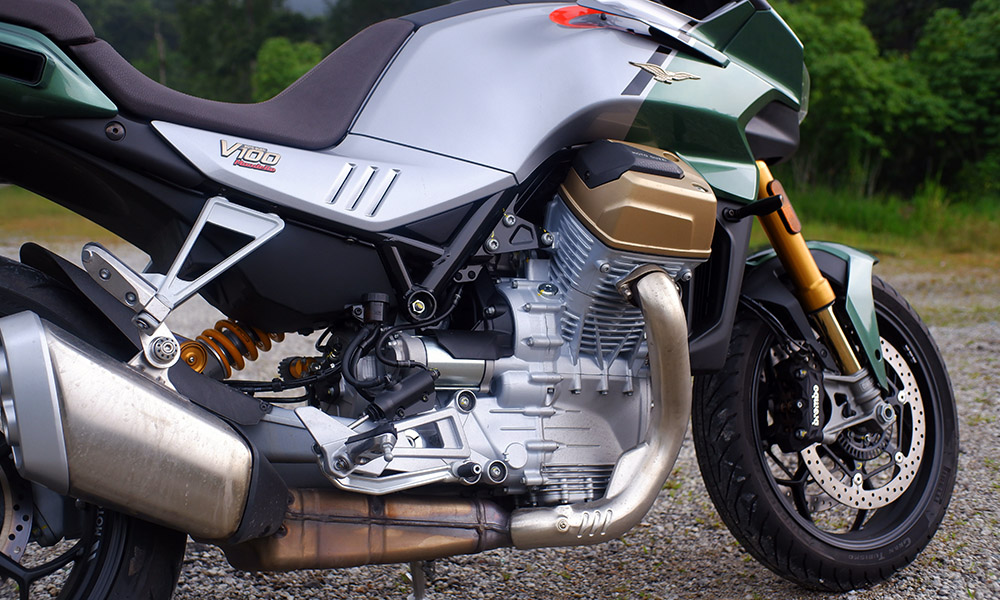
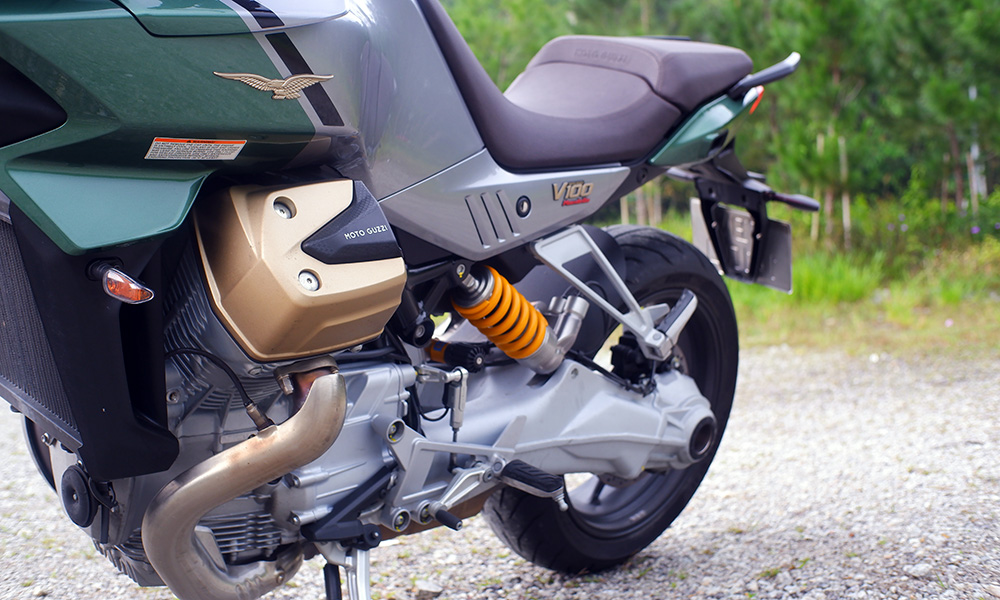
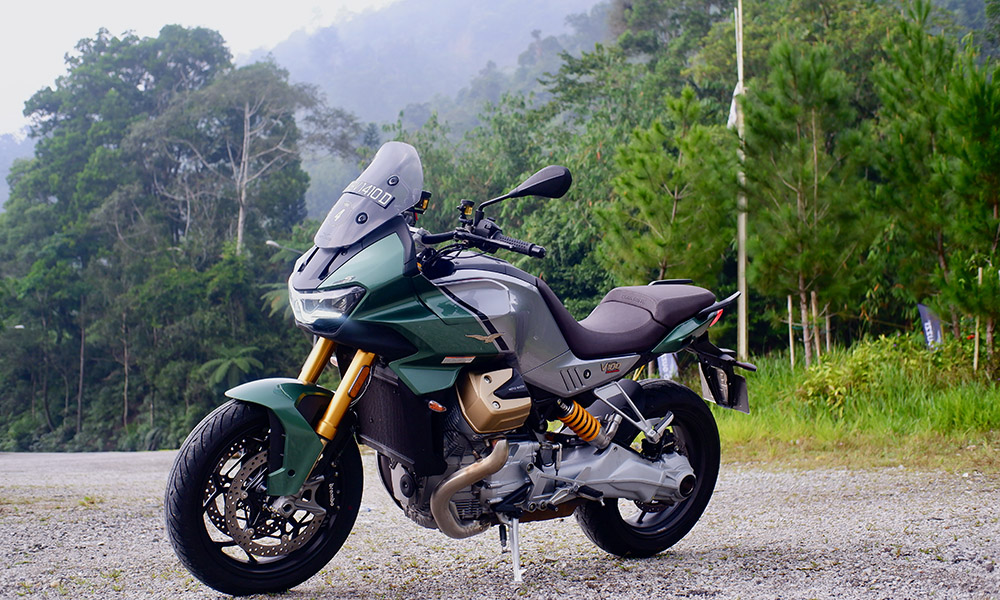
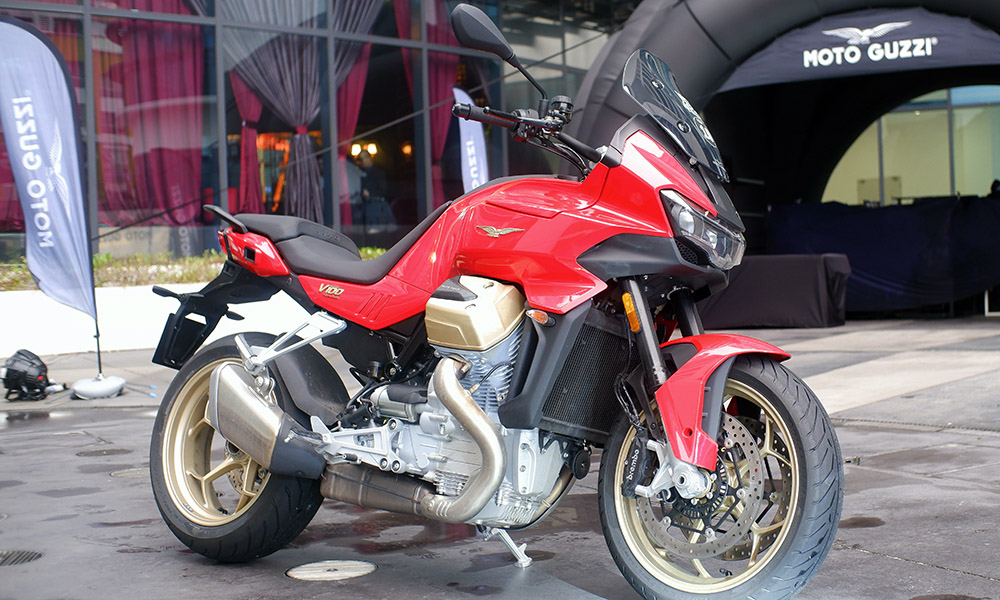
With the flagship S version and its Verde colorway, the green fairing is complemented by a silver tank and side panels. Gold stanchions for the inverted fork, along with the yellow rear shock, offer a nice contrast. Viewed from the side, the bike does evoke an eagle about to dive on its prey—Moto Guzzi’s spirit animal.
As a fashion statement, the bike scores a 10 in my book. Now, compare the elegance of the Italian to the best sport tourers from Japan, Germany, and America, and tell me that they have this same cohesiveness.
And it’s more than a pretty bike. Moto Guzzi is proud to show off its active aero flaps, an industry first. They’re on top of the tank near the front, and pop up to a 30° angle in “Touring” mode when you hit 69km/h, or you can customize when they deploy anywhere from 30km/h to 90km/h.
In “Rain” mode, they stay up regardless of speed, while they stay down in “Sport” and “Road” modes. Combined with the electrically adjustable windscreen, Moto Guzzi says they reduce wind pressure by 22% to provide a less turbulent cockpit for the rider.
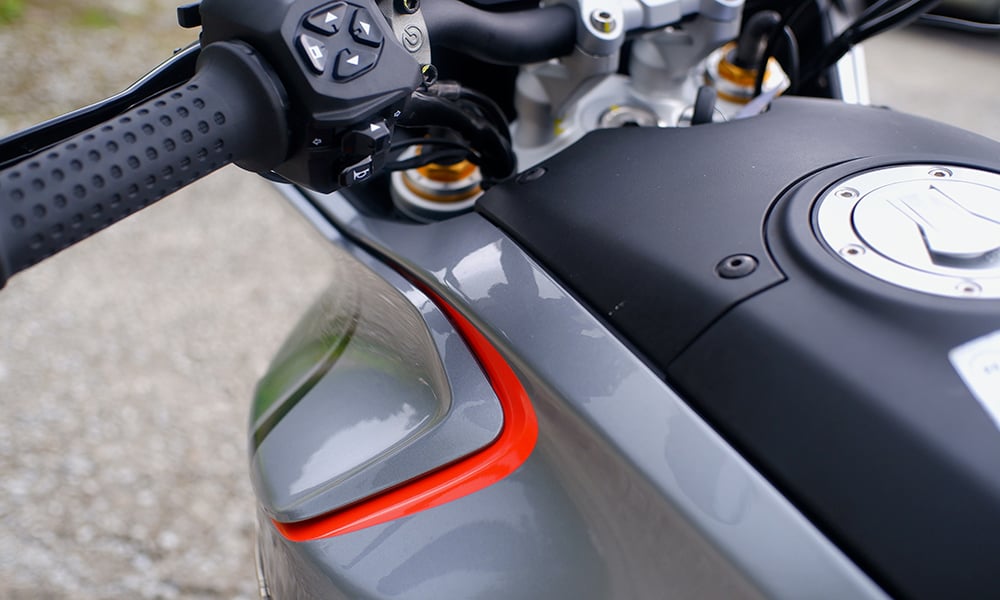
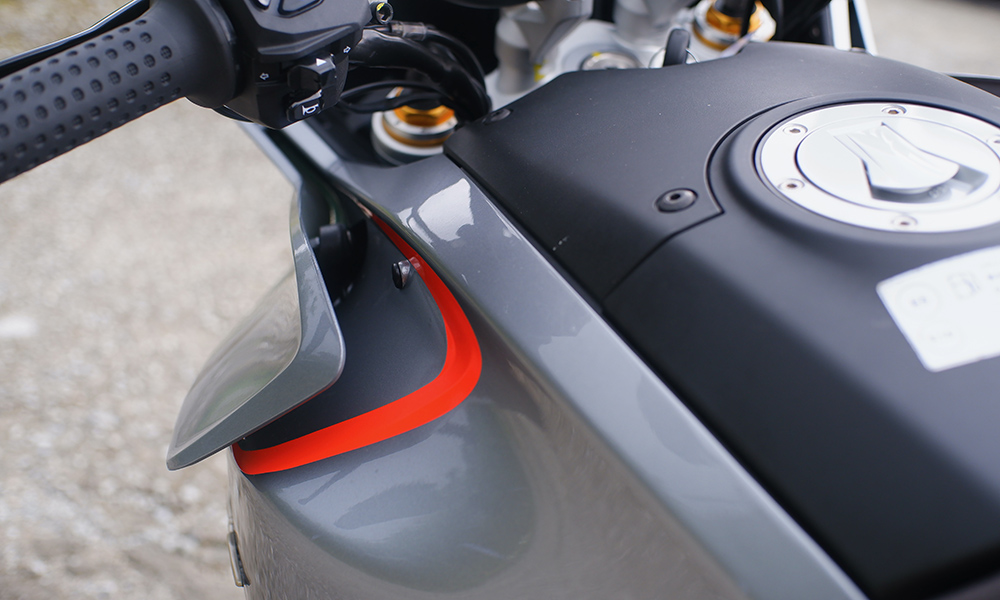
On the invitation of Bikerbox, Moto Guzzi’s Philippine distributor, I packed my gear and headed off to Malaysia for the Southeast Asia launch.
As it happened, inclement weather in Kuala Lumpur meant we would spend most of the afternoon riding in the rain. And not just a faint drizzle, but a steady downpour that threatened to turn the test ride into a miserable procession. But things turned out for the best.
I was initially given the key (no keyless system here) to a standard model: KYB suspension, no quickshifter. No big deal; it was a chance to experience the bike in its purest form. Starting it up is a pleasure. The big V-twin rumbles to life with a characteristic side-to-side shake, and unlike the clattery nature of the air-cooled unit in the V85TT, this one loves to rev.
From 3,000rpm to 5,000rpm, it makes a delicious roar that somehow reminds me of a small-block Ford V8. And from there to the 8,700rpm redline, it’s lusty and eager to keep accelerating. The six-speed transmission is a willing partner, too, clicking into gear after first without need of the clutch. Throttle-blipping to rev-match is a pleasure with the bike.
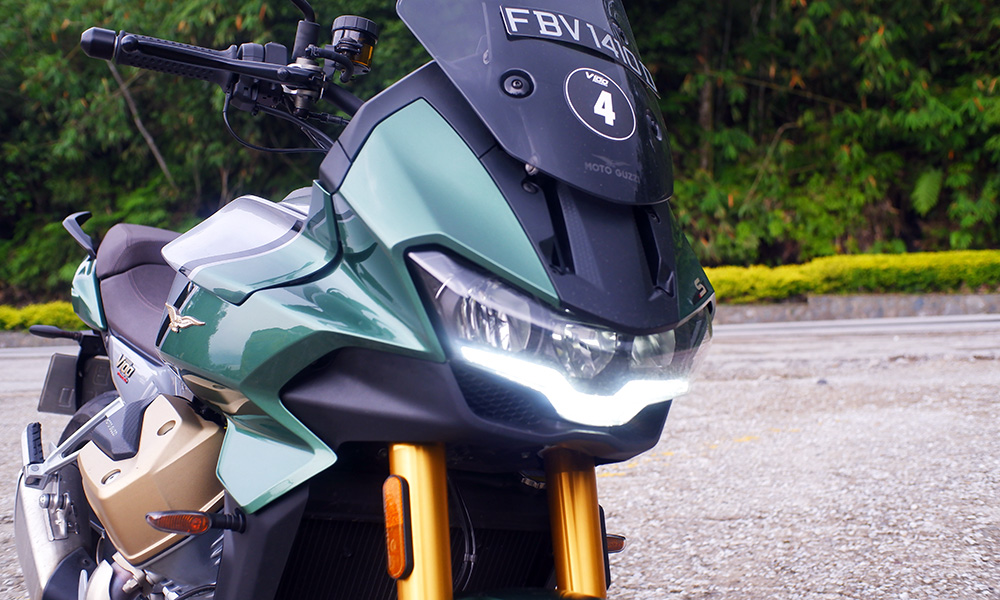
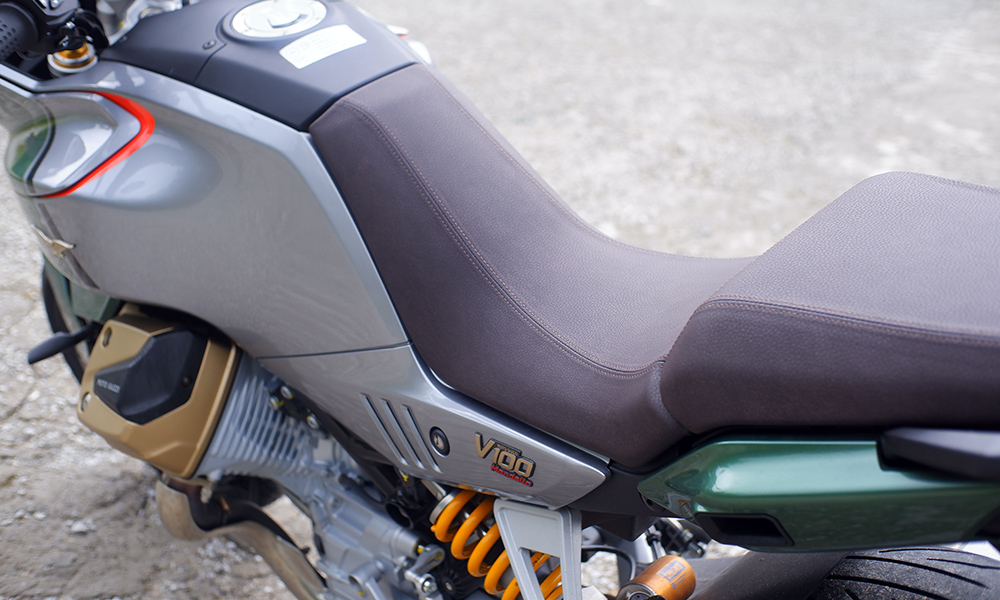
With its 815mm seat height, it favors taller riders, though I could comfortably flat-foot at least one side. The saddle is wide and plush, and has a deep trough, the ledge for the pillion providing a nice backstop for my butt when I was shifting around in the twisties.
Moto Guzzi says that the V100 is part roadster and part sport tourer, and that has to do with the riding position. It allows a neutral rider triangle with good seat-to-peg distance, but the shape of the tank and the low height of the handlebars encourage you to get down and shift your weight around in the twisties.
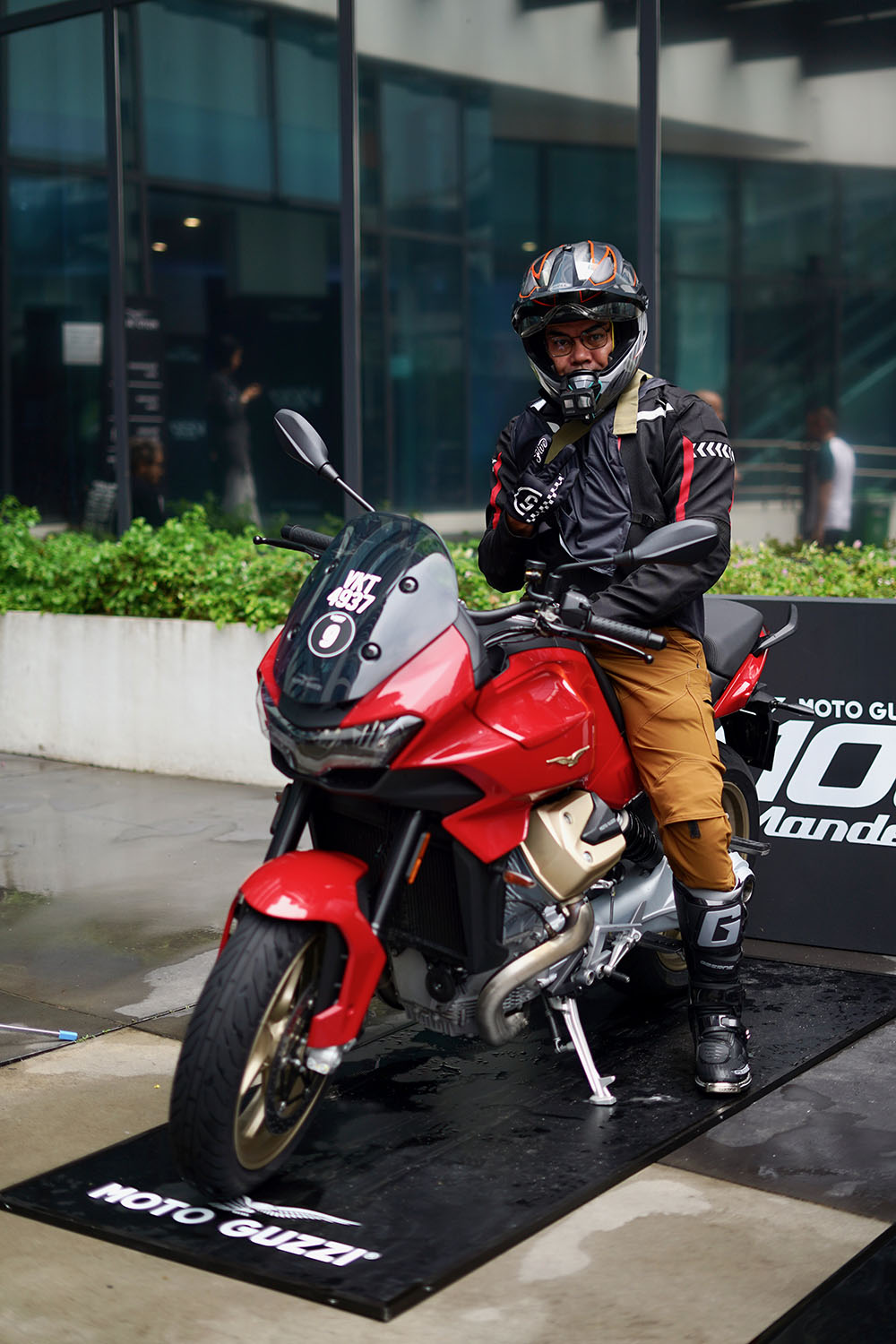
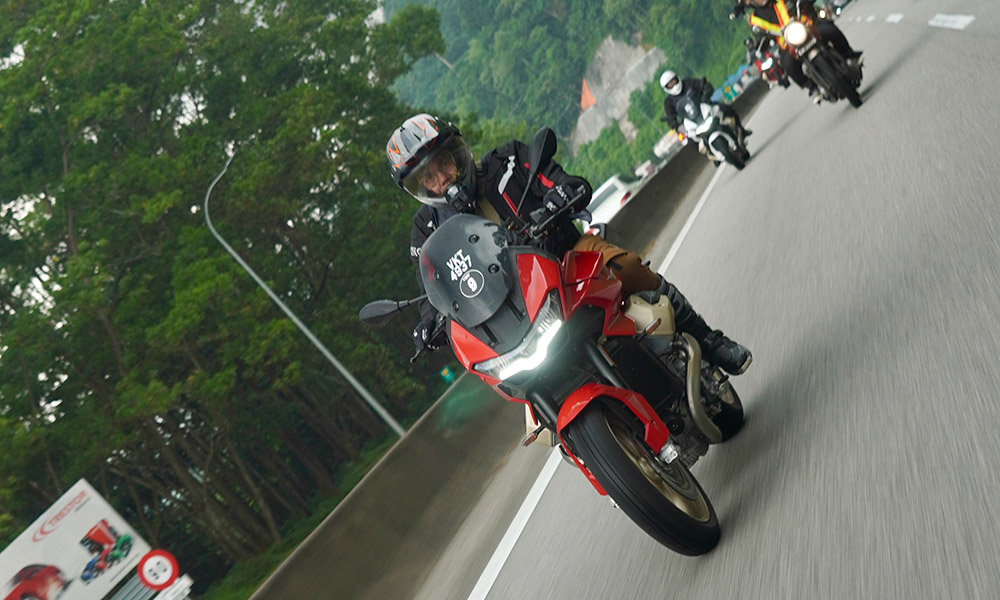
We set out from Motoplex (Moto Guzzi’s dealer in KL) toward the Genting Highlands, and the pouring rain was a nice demonstration of the active aero’s usefulness. With riding mode set to “Rain” and the windscreen at the highest position, windblast at 100km/h to 130km/h was minimal.
More importantly, I wasn’t as wet as I usually am when the heavens pour. I didn’t even need to put my helmet visor up, as I could still see quite well—so, yeah, them aero thingies really work.
With Pirelli Angel GT II tires, Brembo brakes, and a brisk pace set by our ride captain, we made our way up the twisties just when the rain mercifully took a break. I lost count of how many hairpins and sweeping curves we had to take, but in those moments when I was focused on staying on pace, I nearly forgot that I was on a 233kg sport tourer.
Dab the brakes, lean the bike in, nail the apex, gas out. Rinse and repeat. With the bike’s prodigious torque, it didn’t really matter if I entered a hairpin in too tall a gear as it happily clawed its way from 40km/h in the turn and at just 2,000rpm in third gear. By the time we made it to the halfway point, I was in tune with the bike and raring for more, but it was time to head back.
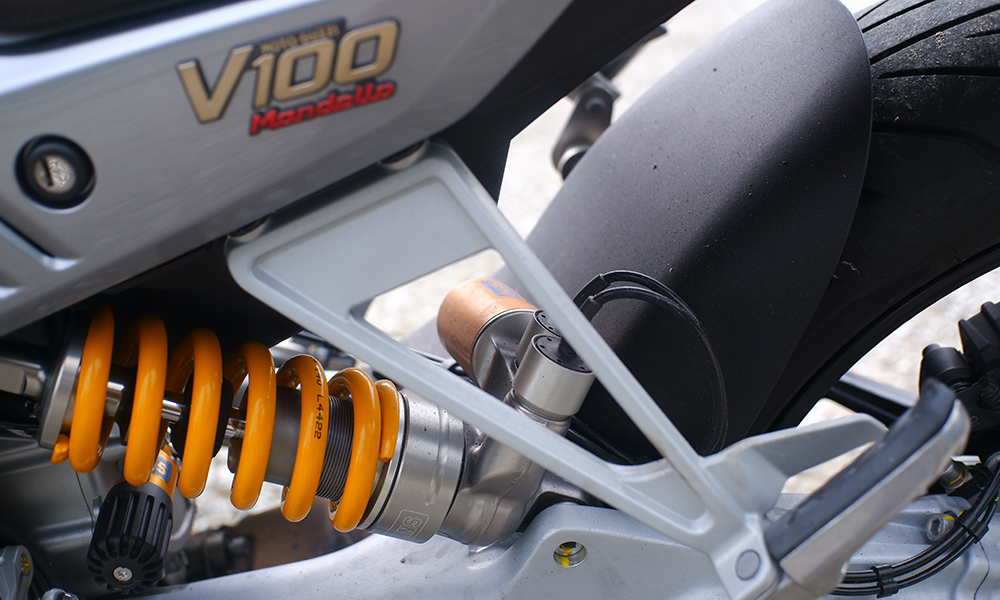
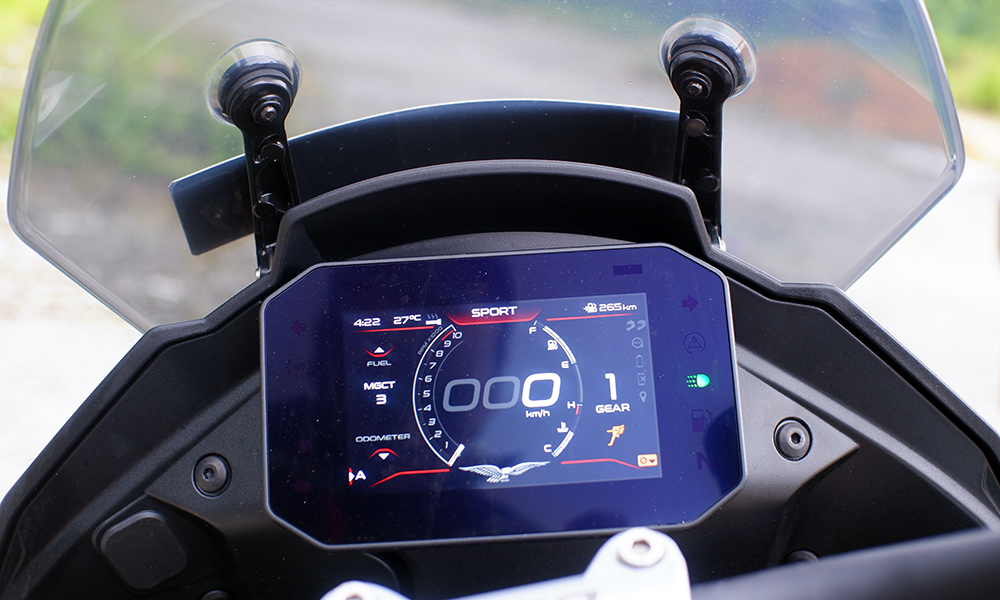
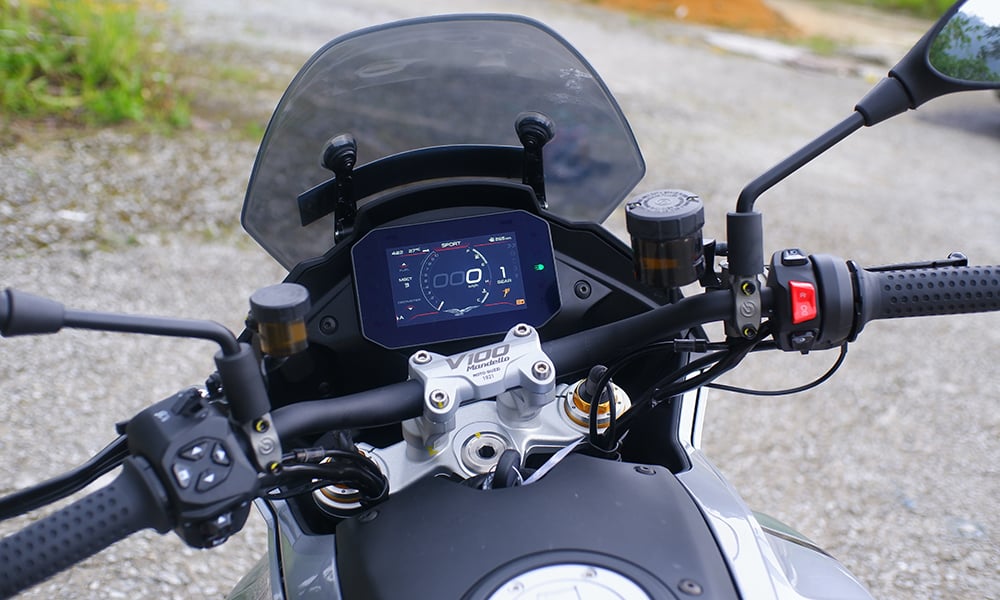
Zach Lucero of Makina switched bikes with me for the return leg, so this time I got to use the S. With its semi-active Öhlins suspension and engine set to either “Road” or “Sport,” the bike loses that slight cushion of the standard model.
Brake dive feels like it’s halved compared to the standard, but engine vibrations are more prominent when you reach 5,000rpm. Puzzled about this, it was explained to us that since the S uses a stiffer suspension, engine vibrations are now transmitted to the handlebar that would have otherwise been soaked up by the suspension. Makes sense.
What goes up must come down, and with the rain back with a vengeance, we threaded our way down from the Highlands making full use of the lean angle-sensitive ABS and traction control. I was pleasantly surprised at the all-around grip of the Pirellis, and balancing the bike in the slick hairpins was a doozy.
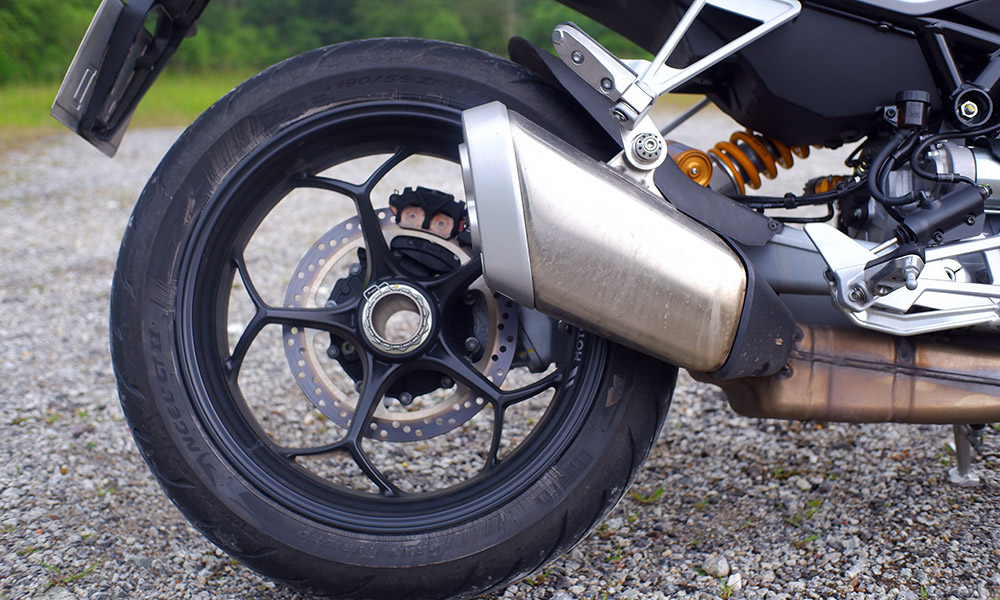
Just for entertainment, I got separated from the group after our last regroup on the highway. Not a big deal in the Philippines, but a bit stressful in a foreign land.
I did remember that we started out from Petaling Jaya, so as long as I followed the well-lit traffic signs, I was on the right track. Clicking through the quickshifter-equipped gears, relishing the V-twin rumble, and surging ahead when the traffic cleared, it was probably the best way to close my first date with the Mandello.
Kuala Lumpur traffic was mercifully civilized unlike Manila, and I was able to filter through and eventually rejoin my group.
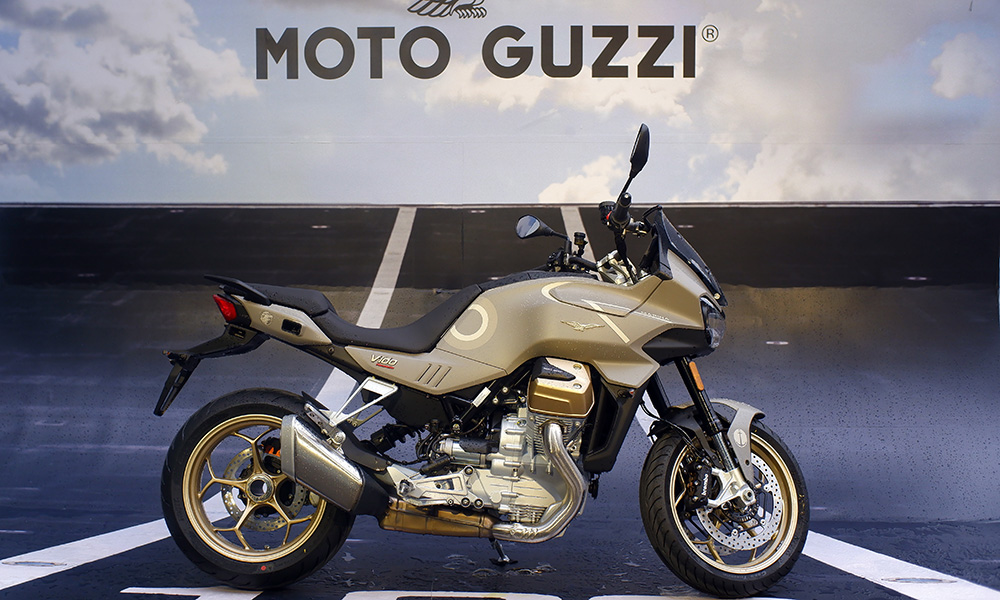
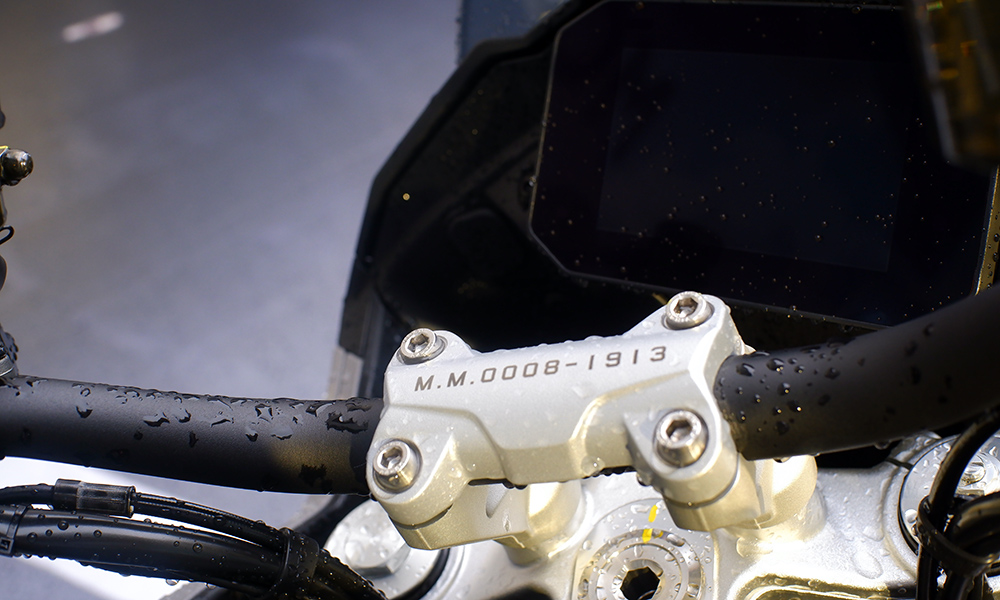
At P1,150,000 for the standard and P1,350,000 for the S with all the bells and whistles, it’s a premium sport tourer that truly takes Moto Guzzi forward to its next 100 years. There are cheaper bikes out there, perhaps with more power, too, but the Guzzi’s élan speaks for itself.
The new technology demonstrates that the brand can make a modern bike just like any other, but the character and joy that it imbues is something that only it can create so elegantly.

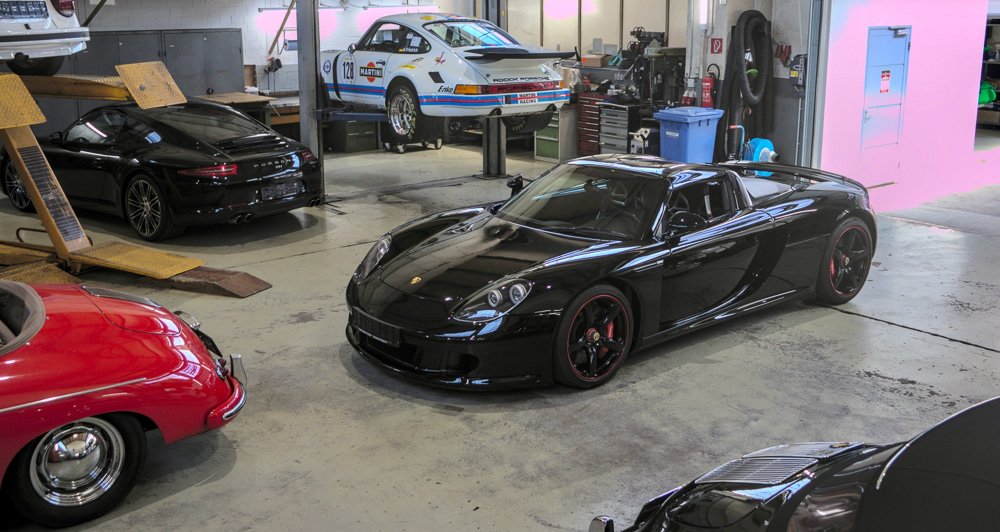
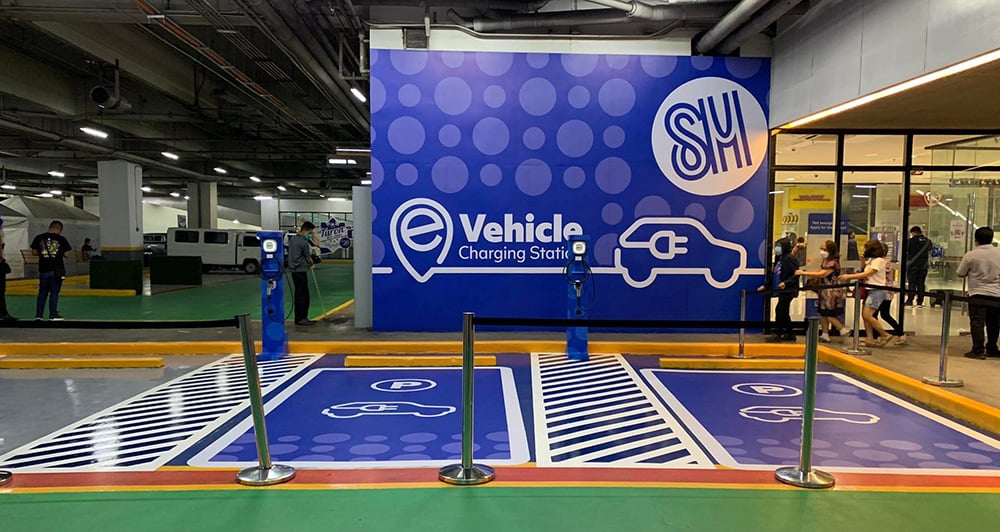
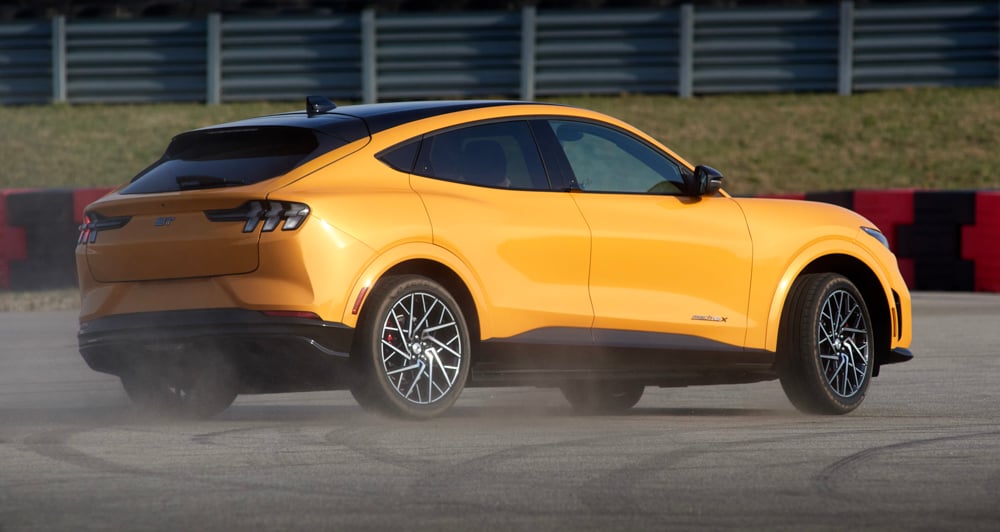
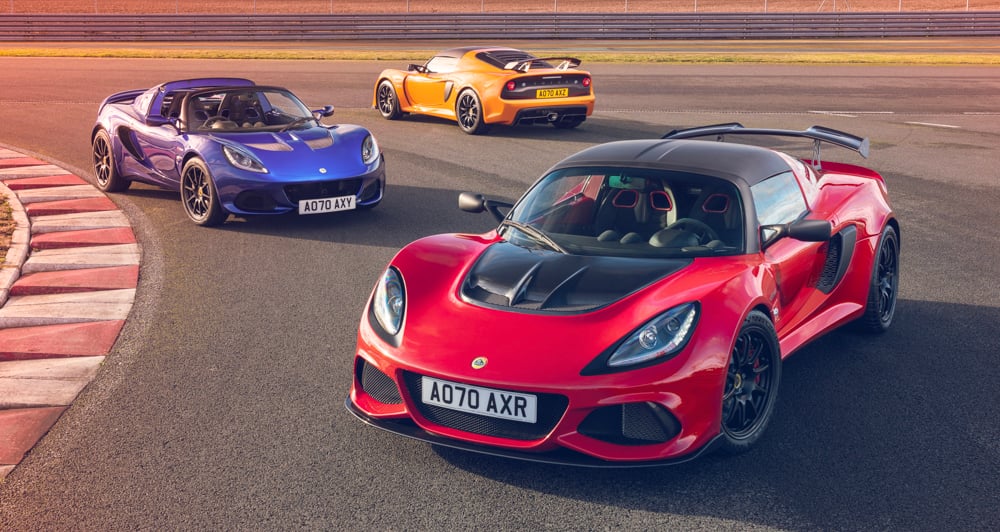
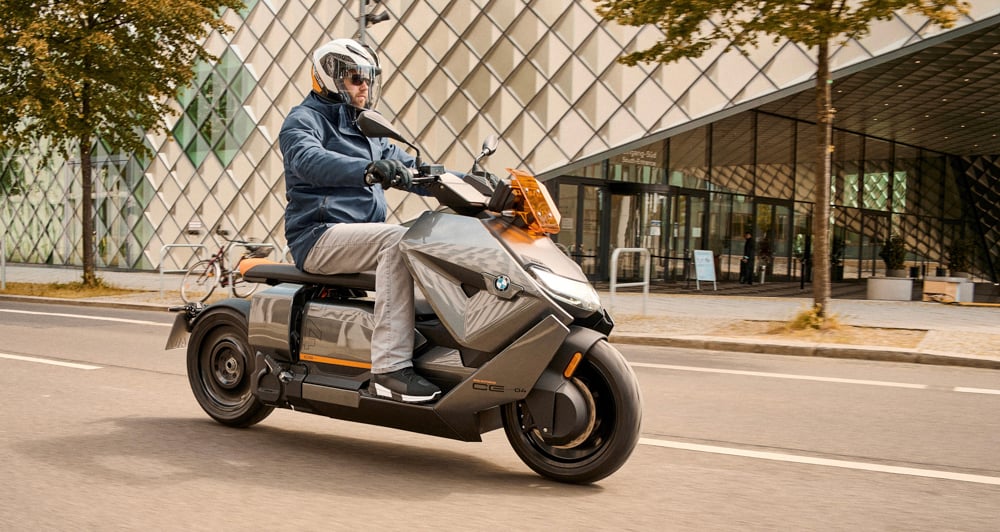
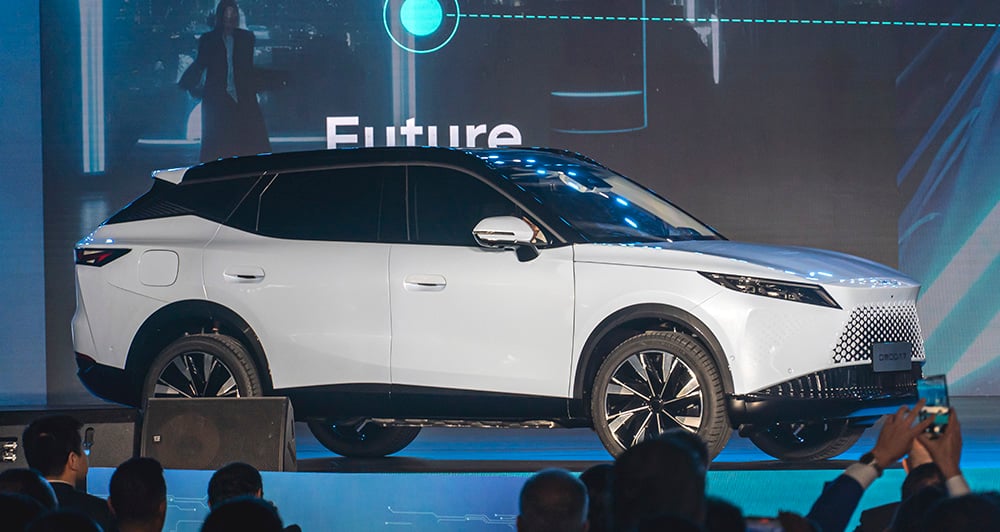
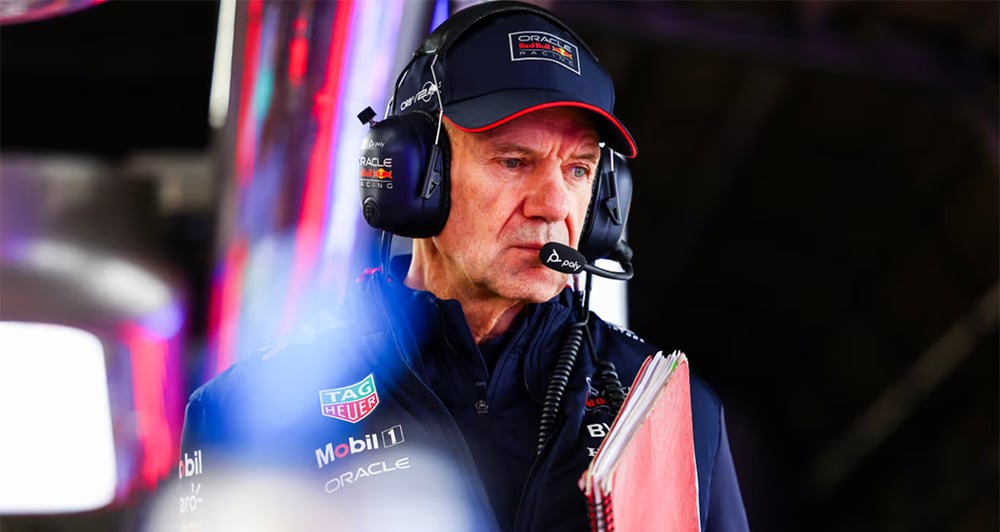
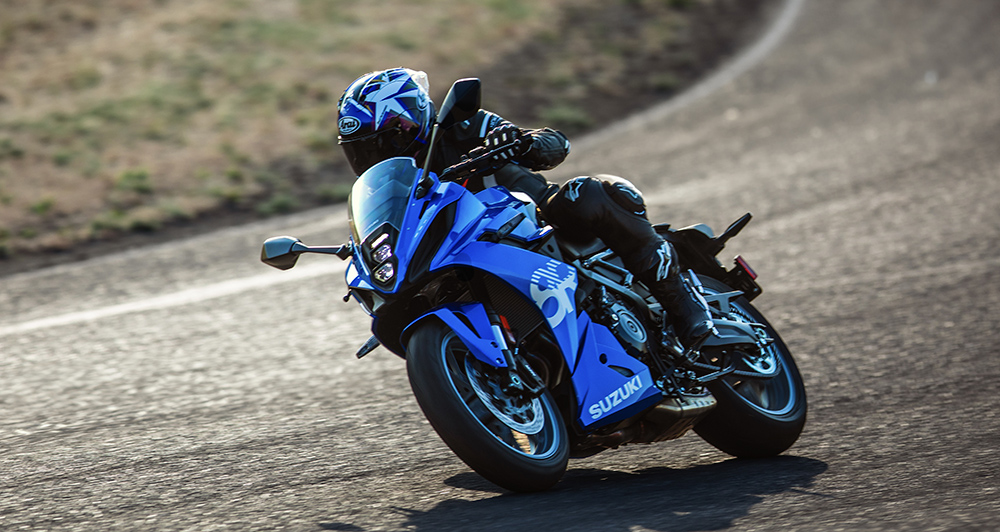
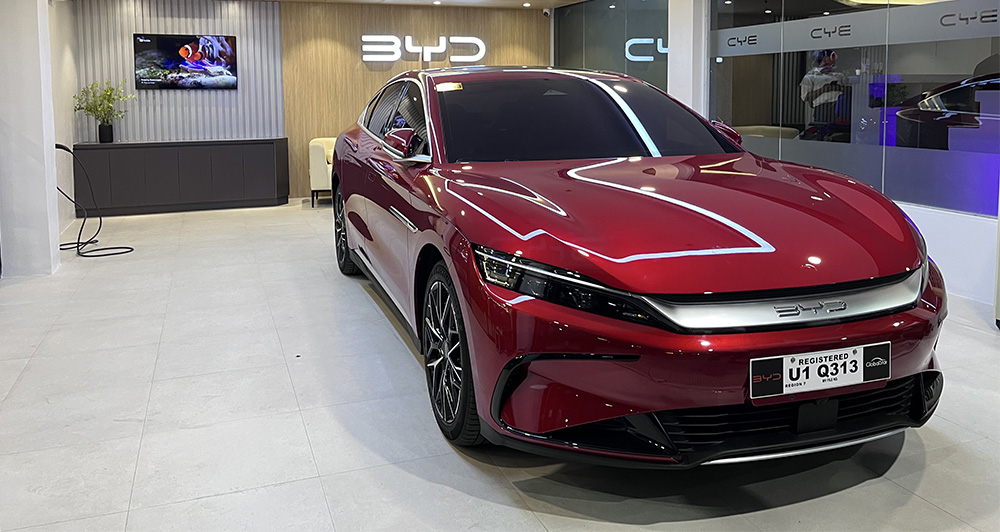

Comments